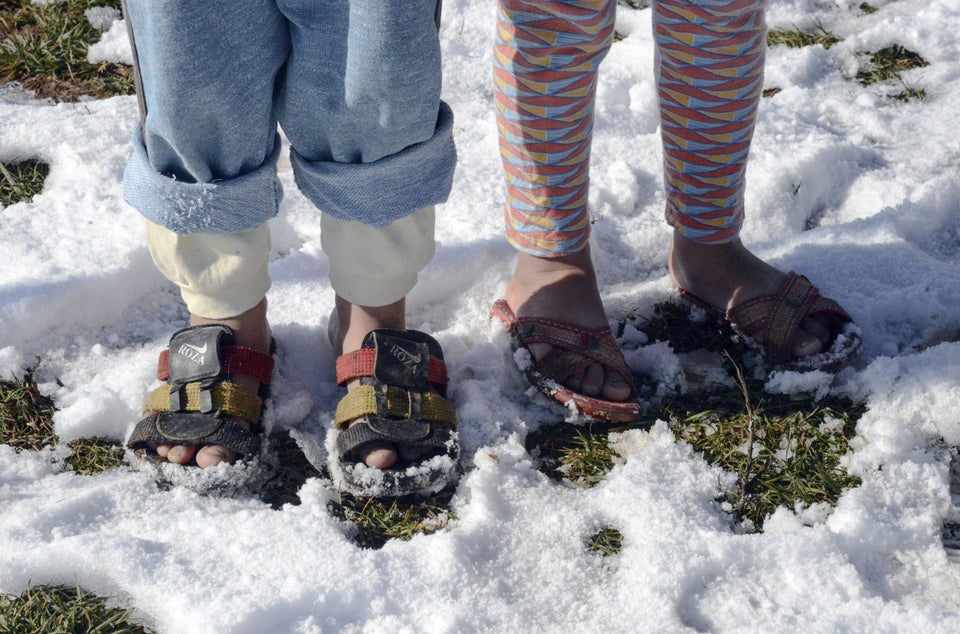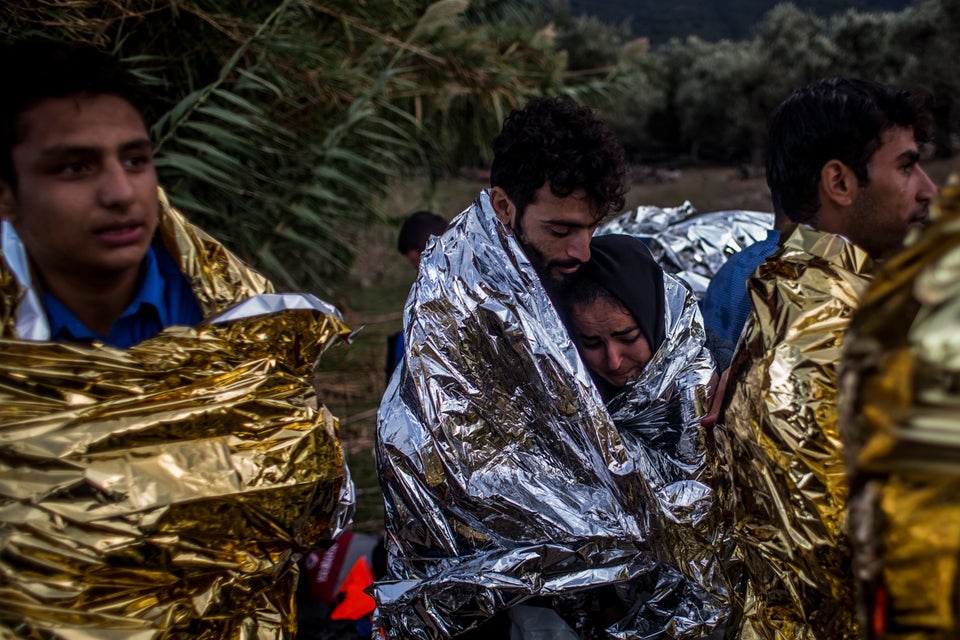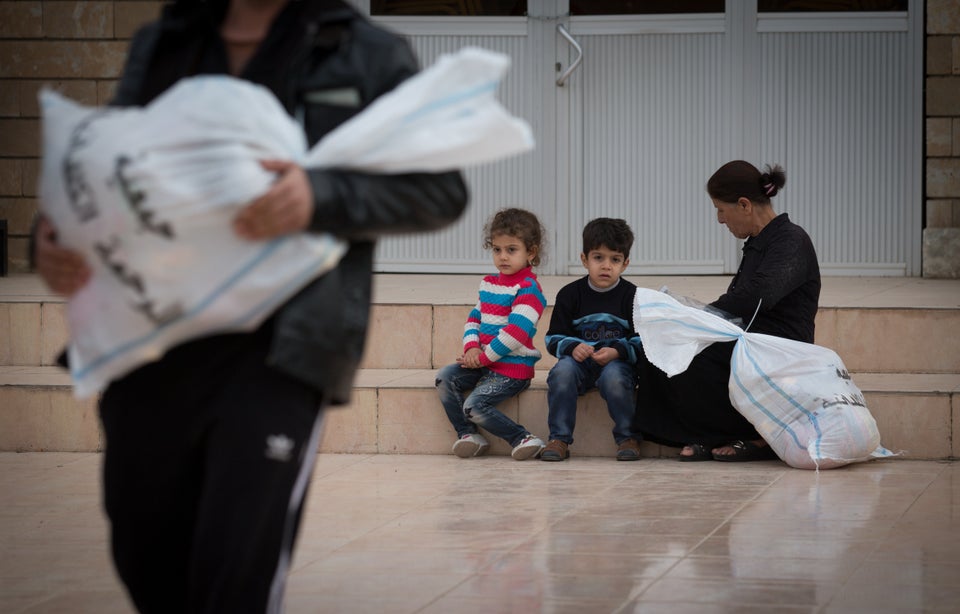For millions of migrants and refugees displaced in Europe and the Middle East, one of the most challenging times of year is approaching: winter.
Hundreds of thousands of migrants and refugees have traveled to Europe from Africa and the Middle East this year, hoping to find safety and shelter. Thousands are still on their way, but as some European states have shut down their borders and imposed entry limits, many people are now stranded en route, forced to wait and even sleep out in the open amid dropping temperatures, cold wind, sleet and rain.
Meanwhile, millions of refugees remain in the Middle East, having fled violence in their home countries of Syria, Afghanistan or Iraq. Since the start of the Syrian civil war in 2011, more than 4 million Syrians have fled to neighboring countries, and at least 7.6 million are displaced within Syria itself. While some refugees have been able to rent houses and apartments, many are living in refugee camps with minimal support.
Last year, temperatures fell to 5 degrees Fahrenheit in Lebanon's Bekaa Valley, where the majority of some 371,000 refugees live in "substandard shelter," including makeshift settlements and collective housing, per United Nations reports. Several people, including children and babies, died from exposure last winter.
As international aid agencies and nonprofits scramble to meet refugees' needs worldwide, they're running low on resources. The U.N. Refugee Agency announced on Oct. 23 that it had launched winter aid programs to provide refugees in countries like Syria, Iraq, Jordan and Lebanon with food, blankets, clothes and shoes, but that it had not yet fully met its various funding targets.
You can help make a difference, in money or in kind. Here's what refugees around the world need as temperatures drop, whether they remain displaced in their home countries or are seeking asylum in others:

You can donate to the U.N. Refugee Agency, which for $550 can provide an entire family living in Syria's neighboring countries with a tent to shield them from the wind and rain this winter. For $54, the International Rescue Committee will also give four families the materials they need to build temporary shelters in refugee camps around the world.

The International Rescue Committee and UNICEF are both selling winter clothes that can protect displaced children from the cold.

You can reach the organization on Facebook (the group includes English speakers). You can also donate to the International Rescue Committee, which for $84 can provide 15 blankets to people in refugee camps.

You can buy packs of 10 for under $10 on Amazon and send them to refugee agencies worldwide.


The U.N. World Food Program and Muslim Aid, which provide food aid to refugees worldwide, are accepting monetary donations. You can also send micronutrient powder, which helps prevent anemia, blindness and brain damage in children, to refugees via UNICEF's website.
More on the refugee and migrant crisis:
- A Thousand Miles In Their Shoes
- Susan Sarandon Is Welcoming Refugees To Greece
- Despite Falling Temperatures, Refugee Arrivals In Europe Keep Rising
- How Europe's Tragic Refugee And Migrant Crisis Got So Dire
Related on HuffPost:

